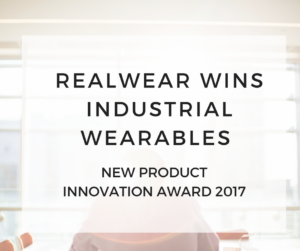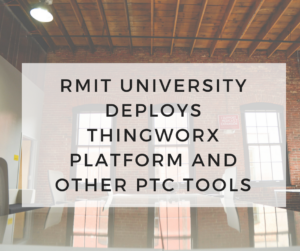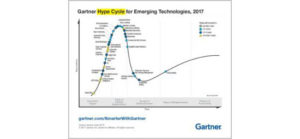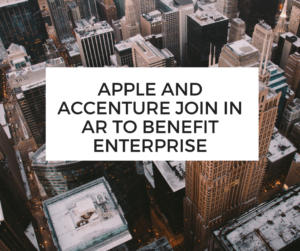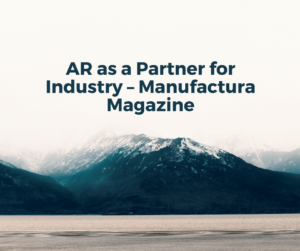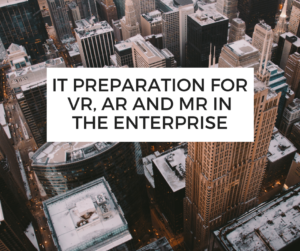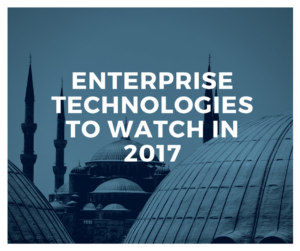3D Studio Blomberg and Chrysalisforge Ltd form Strategic Alliance
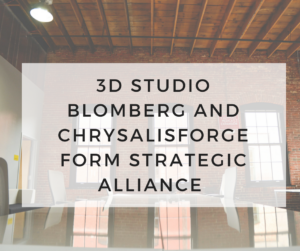
The Strategic Alliance also offers an expanded platform of products and services to existing 3DS customers in Finland pursuing Dynamic Product Visualisation.
Chrysalisforge, a company established in January 2017, provides various services and products including, but not limited to, strategic consulting related to automated visualization of industrial products and processes offering value added features to industrial companies.
Pontus Blomberg, VP Business Development of 3DS, said: “We complement each other well. It is of mutual advantage to share knowledge and to cooperate in offering clients value propositions.”
Michael Rygol, MD of Chrysalisforge, explained: “3DS, with their background of 3D graphics, and more recently, developments in customer-focused AR and VR, are well-placed to capitalise on the rapidly growing worldwide interest in this space. The UK, in particular, has a strong record of developing and adopting new technology innovations in a business context. I see the combination of 3D Studio’s customer-centric developments in tandem with a further focus on enterprise usage as presenting great opportunities in the significant British engineering sector.”
Readers can find out more about the work of 3D Studio Blomberg on their website.

